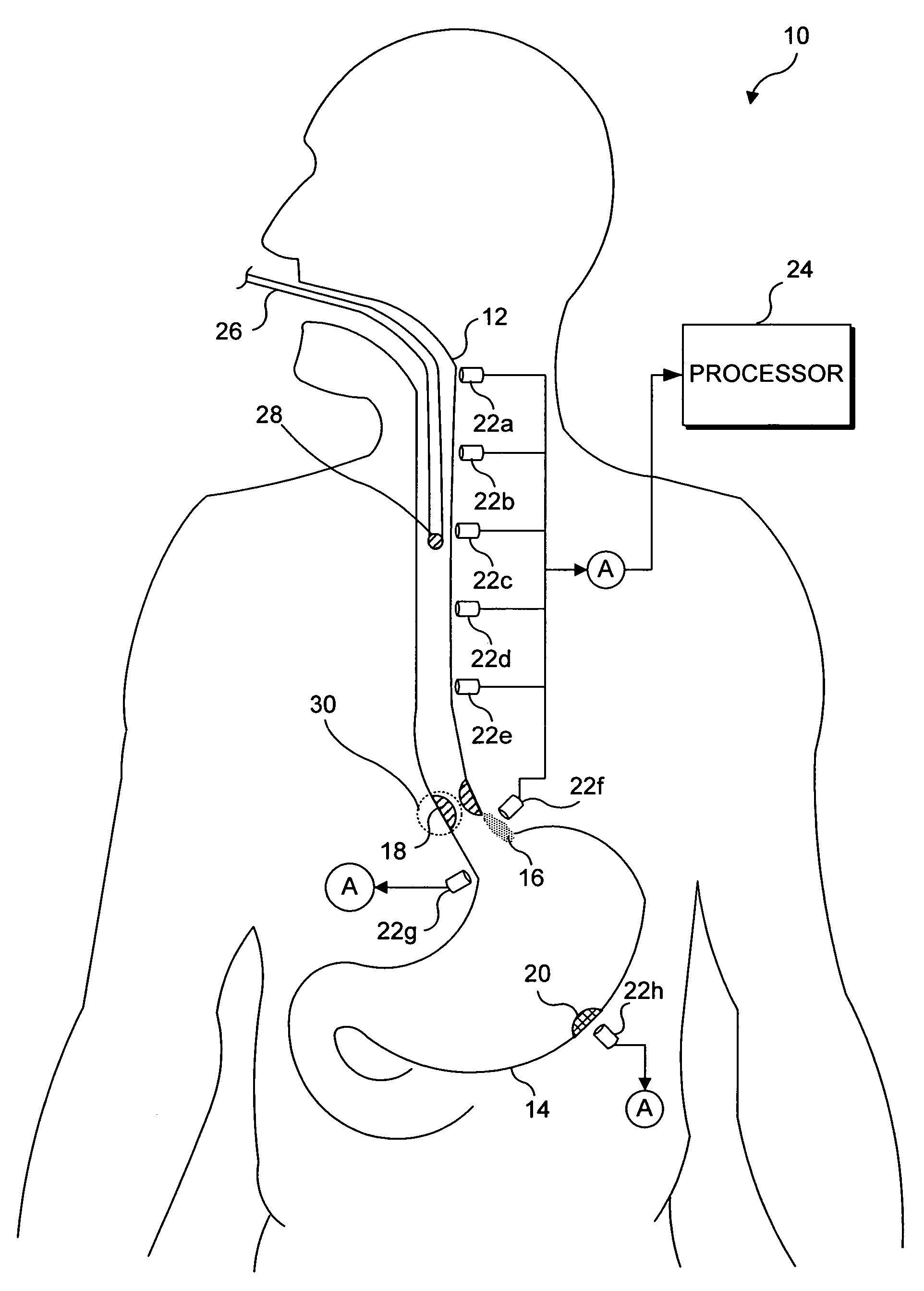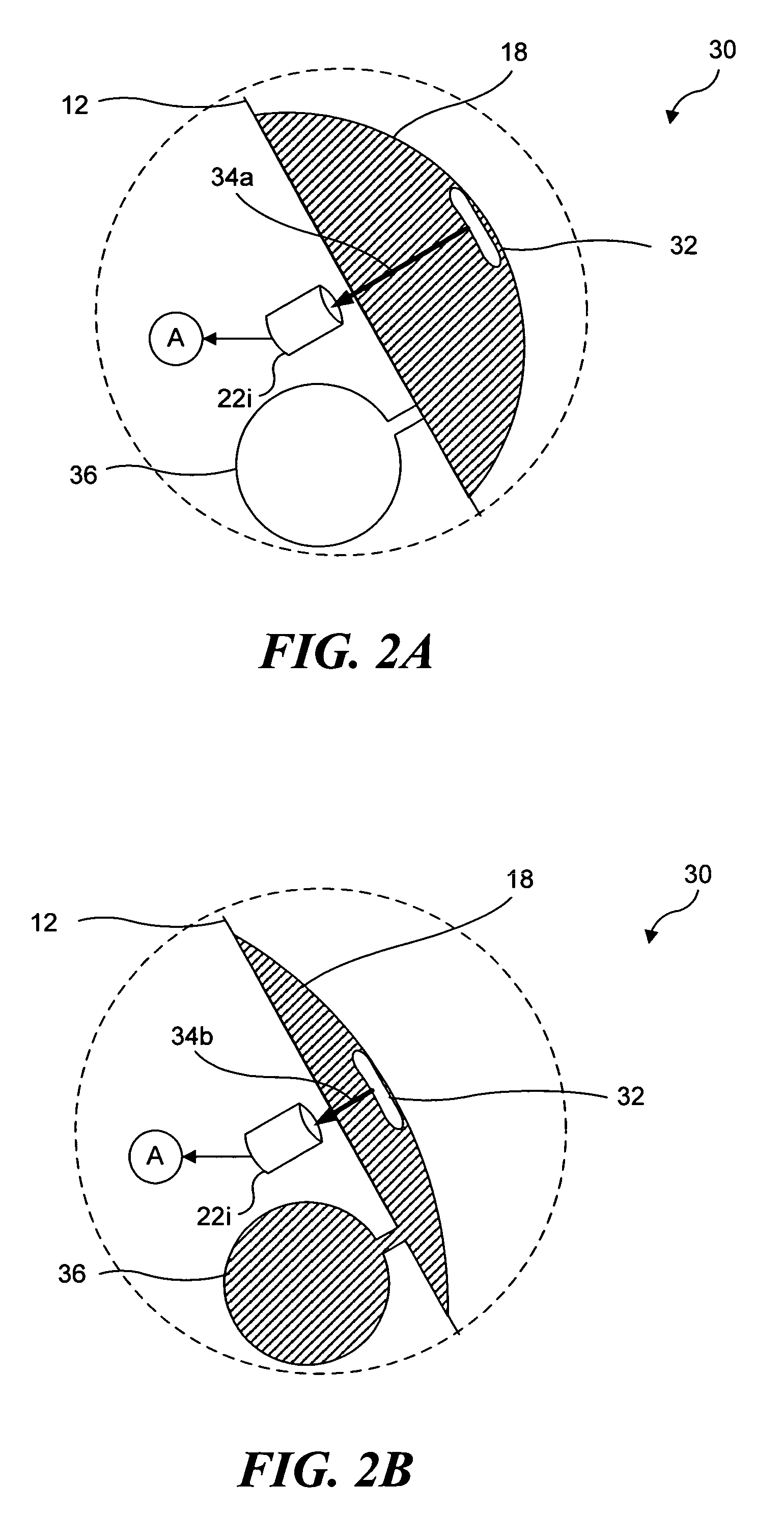Medical training simulator including contact-less sensors
a technology of contactless sensors and simulators, which is applied in the field of medical simulators, can solve the problems of not being well suited for all types of training and not always readily available cadavers, and achieve the effect of facilitating proper positioning of simulated tissu
- Summary
- Abstract
- Description
- Claims
- Application Information
AI Technical Summary
Benefits of technology
Problems solved by technology
Method used
Image
Examples
Embodiment Construction
Overview of the Present Invention
[0029]In the present invention, one or more sensors are incorporated into a medical training model that can be used for teaching and / or testing. Such sensors can be employed to provide feedback indicating how well a simulated procedure was performed using the medical training model. Each medical model preferably includes one or more simulated physiological structures. Preferably, much of the model, and in particular the simulated physiological structures, are formed out of elastomeric materials to enhance a realism of the medical training model.
[0030]The sensors used in the present invention do not require physical contact between the sensor and an object that is to be detected and are therefore referred to as “contact-less sensors.” In the context of the present invention, the object to be detected is generally a tool used during a simulated medical procedure (although in some embodiments, a sensor is incorporated into such a tool, to detect objects...
PUM
 Login to View More
Login to View More Abstract
Description
Claims
Application Information
 Login to View More
Login to View More - R&D
- Intellectual Property
- Life Sciences
- Materials
- Tech Scout
- Unparalleled Data Quality
- Higher Quality Content
- 60% Fewer Hallucinations
Browse by: Latest US Patents, China's latest patents, Technical Efficacy Thesaurus, Application Domain, Technology Topic, Popular Technical Reports.
© 2025 PatSnap. All rights reserved.Legal|Privacy policy|Modern Slavery Act Transparency Statement|Sitemap|About US| Contact US: help@patsnap.com



